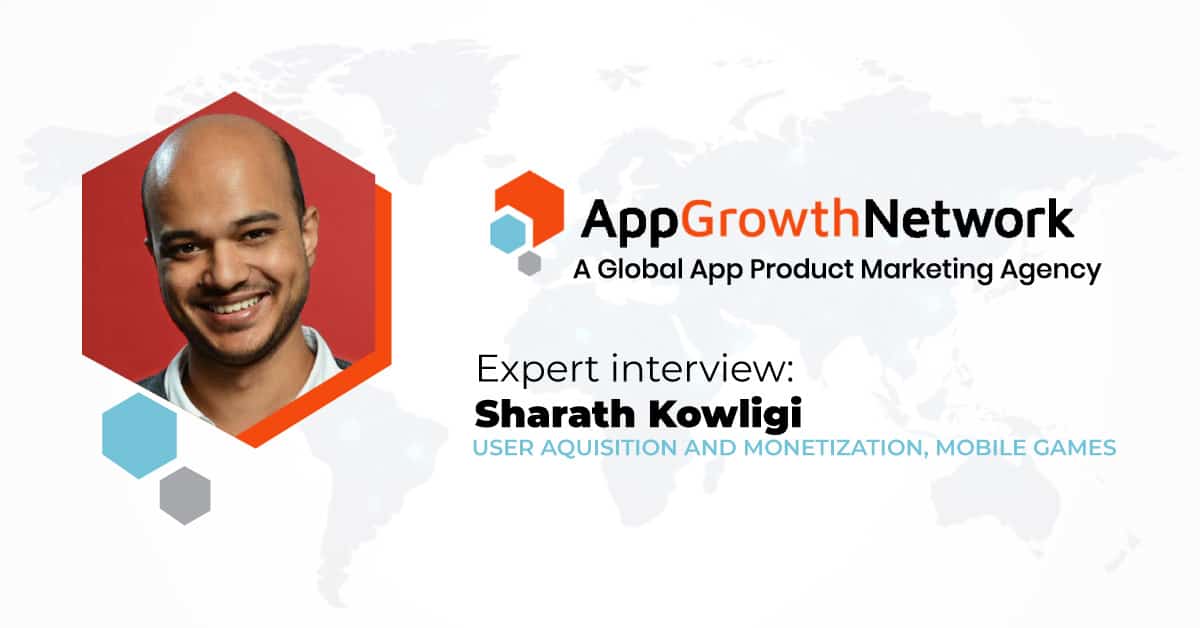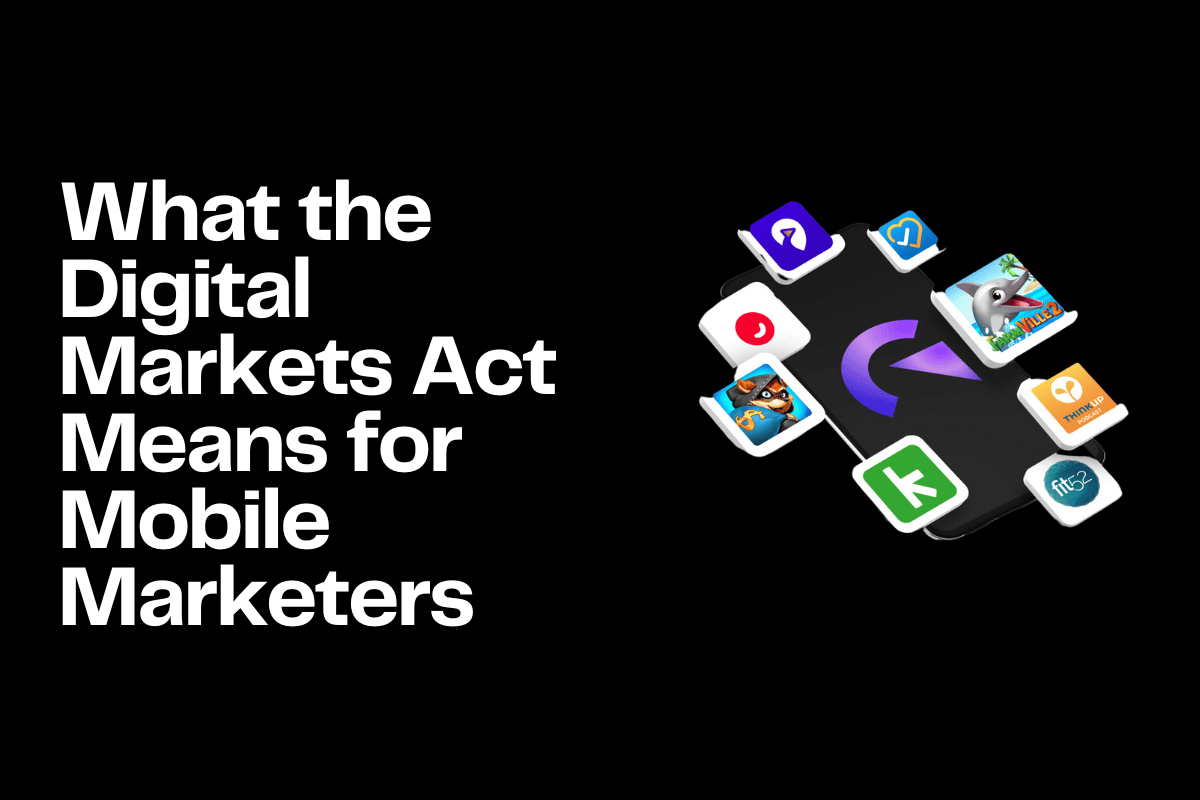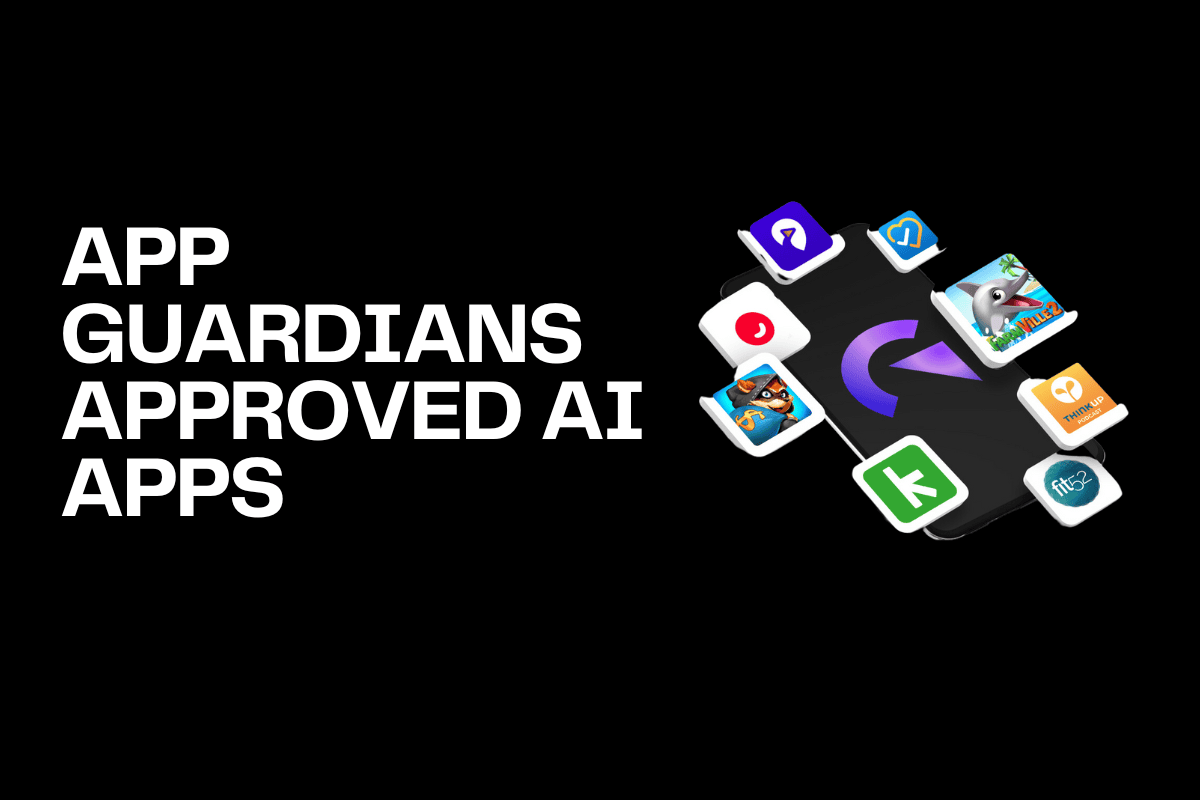Expert Interview: Sharath Kowligi
Please tell us more about yourself, what you do, and how long have you been in the app business?
I solve user acquisition problems. In the last 8 years, most of my work involves getting games to people who might enjoy them. I do spend a lot of time thinking about and tinkering with the levers that move retention and monetization. However, I only arrive at those problems as a consequence of starting with and scaling user acquisition.
I started working on mobile apps when the first gaming company I worked for was transitioning from Facebook canvas games to mobile games in 2012. Prior to that, I’d spent five years doing digital marketing on a desktop. I’ve worked on one top-10 grossing mobile app and two apps in the top 50 grossing charts. In terms of scale, I have run user acquisition, retention, and monetization campaigns on over two dozen apps that have achieved more than a million downloads.
In your opinion, what are some trends currently in the mobile app growth industry?
I think future growth on mobile will tend towards the quality of the user experience. Whether its SVOD, games, dating apps or anything else that people spend the bulk of their time on, quality is going to matter.
- Pervasive multi-platform experiences like Netflix, YouTube, and Fortnite will grow their presence on mobile. Mobile-first is still going to be a thing but in the long run, those mobile experiences will need to be compatible with television, desktop and possibly anything new that comes along like AR, and “real” VR. With advancements in 5G and streaming, there is a possibility of such apps taking some market share gradually from the game apps.
- Cyclical fear of Facebook becoming a less useful channel for user acquisition. Facebook is currently mired in PR issues over actual privacy and security concerns. Marketers are once again worrying about Facebook/Instagram dominating their buying channels. I expect this trend will pass. Facebook has enough smart people to address these issues to the public’s satisfaction. And, frankly, despite having a significant amount of resources no other social media platform, or indeed digital platform in general, has been able to build a buying interface that works for a $20 campaign and a $20 million campaign on mobile.
It is the most reliable out there at the moment, ASA and UAC are far off from granular level targeting options we have to compare to Fb. Even on Ad Network level, globally they may even face the crisis. - One or two new platforms coming out of China will achieve sustained popularity in the West in the next three years. I’d currently place this money on TikTok, but it could be another platform. There may be operating systems independent of Android, for example, what happened with Huawei and how they were forced to exit the Android marketplace will be forced to develop own OS.
- Due to trend 3, I think there will finally be an easily accessible way to complete proper mobile user acquisition in China for global companies. At the moment, this is difficult, even on iOS. (No Facebook. No Google AdWords. Unreliable scale with the other usual suspects). The Chinese Android market is rather fragmented; however, eventually, there will be a simple one-stop shop for developers and publishers to place their products and ads across the dozen android markets in China.
- Regulation regarding time spent on phones and SVOD: There’s some legislation already on Gatcha boxes and some games limiting hours in a day spent playing. Eventually, there will be a moment when enough people spend more than 4 hours a day binge-watching SVOD or gaming for there to be legislation around it. I don’t think the App Stores will be like department stores in Europe, closed on Sundays but this is going to become a bigger deal.
Many App developers seem to want to focus on organic, but organic seems difficult to hack with low budgets unless you have an extremely creative viral tactics or products. What is your philosophy here?
Organic is preferred “if” you can get it. It is crucial to understand it for what it is and see if your idea checks those boxes. If you do, organic can still be a part of initial growth strategy. If you don’t, it’s a great way to waste time and money. Organic in my book is code for four things.
- Platform Love: You played by the rules and made sure that Apple/Google/other tech giants know about it. Google especially, is giving a lot of weight to low crashes and high retention. I’ve seen very similar apps generate 3x the organic traffic (in the 5 million to 10 million downloads range). The organic traffic is due to lower cash rates and higher retention, influenced by your tech prowess. Can you fix the bugs? And are you into something “nice.” If you’re a real money gambling game, your odds on getting platform love are low.
- Advertising Influenced Organic: Most media-buyers who operate at scale (>1,000 installs a day per platform per country) in a particular market can see that there is a simple correlation between paid and organic traffic. You buy a thousand installs and you often get another 300 installs that are “organic.” Half of these will be due to the view-through effect of paid traffic. The other half will be because your app just surfaced more on sub-categories in the stores due to higher volumes. Even if you have low budgets, you can make a little bit of money go a long way by focussing your resources. Pick one unique market to test out your hypothesis for a two-week period and see if you can measure this effect.
- User Experience influenced: If users need to interact with other users, they will automatically bring people to your platform. I still remember that remote-working colleagues in Canada, at my first job in India, nudged me to abandon Orkut and hop on to Facebook in 2006. I had mixed feelings about deserting Orkut, but so did Google, I suppose. This decision is mainly influenced by customer delight with the product and the nature of the core loop whether that demands engagement or not. I still get pings from my clan in Samurai Siege (started playing in 2014) and Clash Royale (started playing in 2016).
- Press-love: Are you newsworthy? Being publicized can be a double edged sword since many of the press is “paid-media” either from you or from your competitors. But there are effective ways to earn broader attention. If what you’re doing is interesting enough to the world then eventually there will be a buzz around your product. Again, your odds on good press are better if you’re helping kittens get adopted with your app, than if you’re a real money gambling app.
Talk to finance. It’s not always that simple, but quite often it is. In my opinion, growth teams are better off when they are plugged into the company’s big picture. They should not be tinkering away in some corner focussing on meta-KPIs. In smaller operations, growth should directly report to CEOs. In larger companies, they need to discuss with both Finance and BI. It’s nice to focus on the long-term but if you miss too many quarterly sales targets, there will be no long-term. Talking to finance regularly will allow for an internalized awareness of where the company is. Are we in a growth phase? Do revenues or even active users in key-markets matter more than margins? Are we finally in the phase where margins matter more than top-line revenue?
I suppose a more sanitized way to put this is to ask what matters most to the Growth team’s internal and external customers and identifying where the sweet spot lies in terms of resource trade-offs. I like using the ease/dependency/impact method to help make these decisions.
How do you determine if an app is healthy? What KPI do you look for?
Retention.
I like to look at Day 1 (~50%) and Day 7 (~20%) for early-stage products. And then Day 30 and Day 90 for more mature mobile products. The day 30 and day 90 benchmarks depend on the type of products. Frequency of app open. (mainly for games) Are we interesting enough for people to remember us multiple times a day? The average American user opens their phones 80 times a day. If we can’t even capture their attention 1/20th of the times, we must ask ourselves, how entertaining are we then?
Before we leave, are there any other tips you would like to give growing apps?
Understand your core-loop. I’ve crossed paths with a number of people who don’t understand what they are selling. If you can’t rock your niche, you’re unlikely to identify your core user base.
Have your money-in money-out sheet set at semi-automatic. No matter how automated your financial sheets are, there should be data that is manually filled out; for example, a 10 word summary on your daily, weekly, monthly, quarterly stats. If your executive summary is completely automated, you will stop paying attention to early trends. Include ALL your costs.
Ask your lead designer what are your power users’ activities 4 months after instalment. If they cannot blow your mind, don’t bother projecting your LTV beyond 120 days until you get to Day 120 on your large cohorts. Once, you have reached day 120, check your ARPU curves.
Fix your UA work on Facebook. Unless you’re in China you’re going to need to optimize your Facebook/Instagram/FAN (Facebook Audience Network) to achieve reasonable scale.
For more inquires about our services, contact us at hello@AppGrowthNetwork.com.
Related Articles
The Digital Markets Act and the Digital Services Act are two major pieces of legislature brought forth from [...]
The artificial intelligence trend is everywhere. It’s easy to get caught up in the mix when searching for [...]
For Wellness apps, the most challenging approach is the conversion of the user from passive to active. [...]










